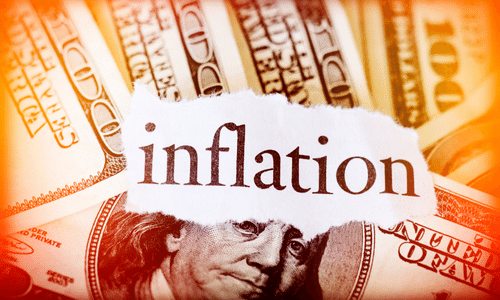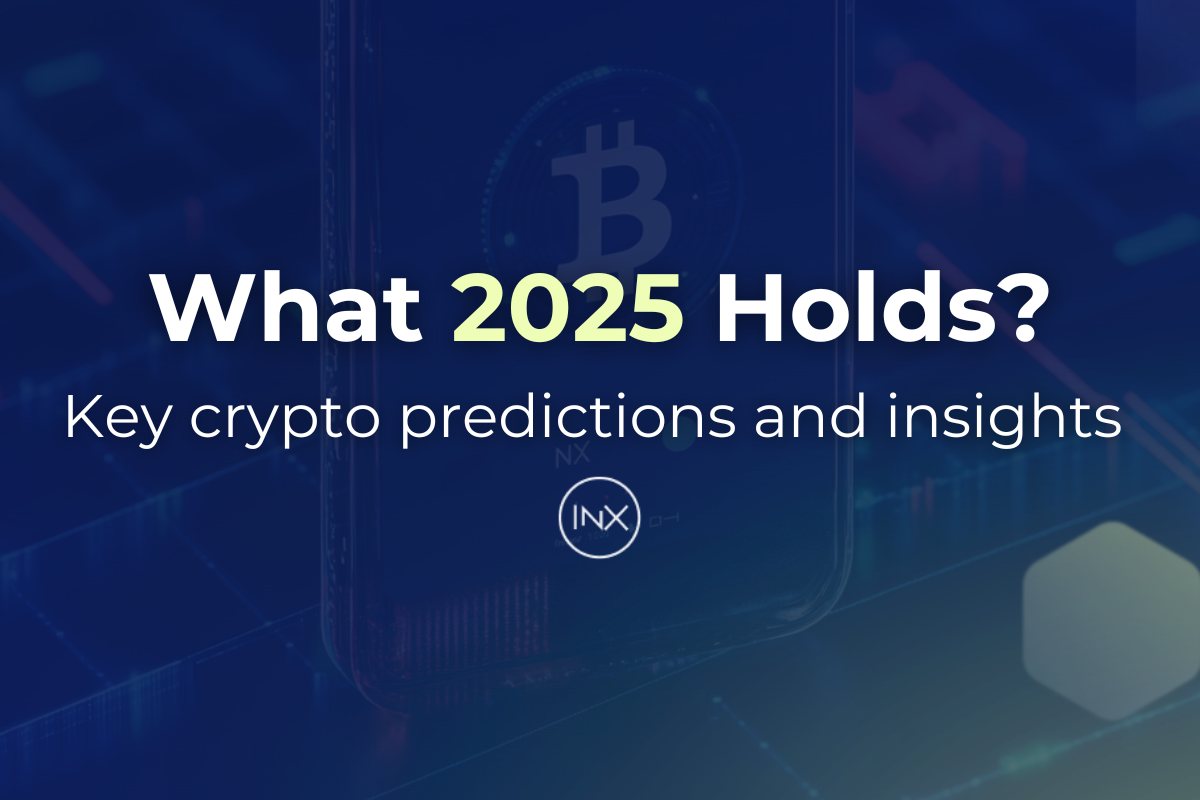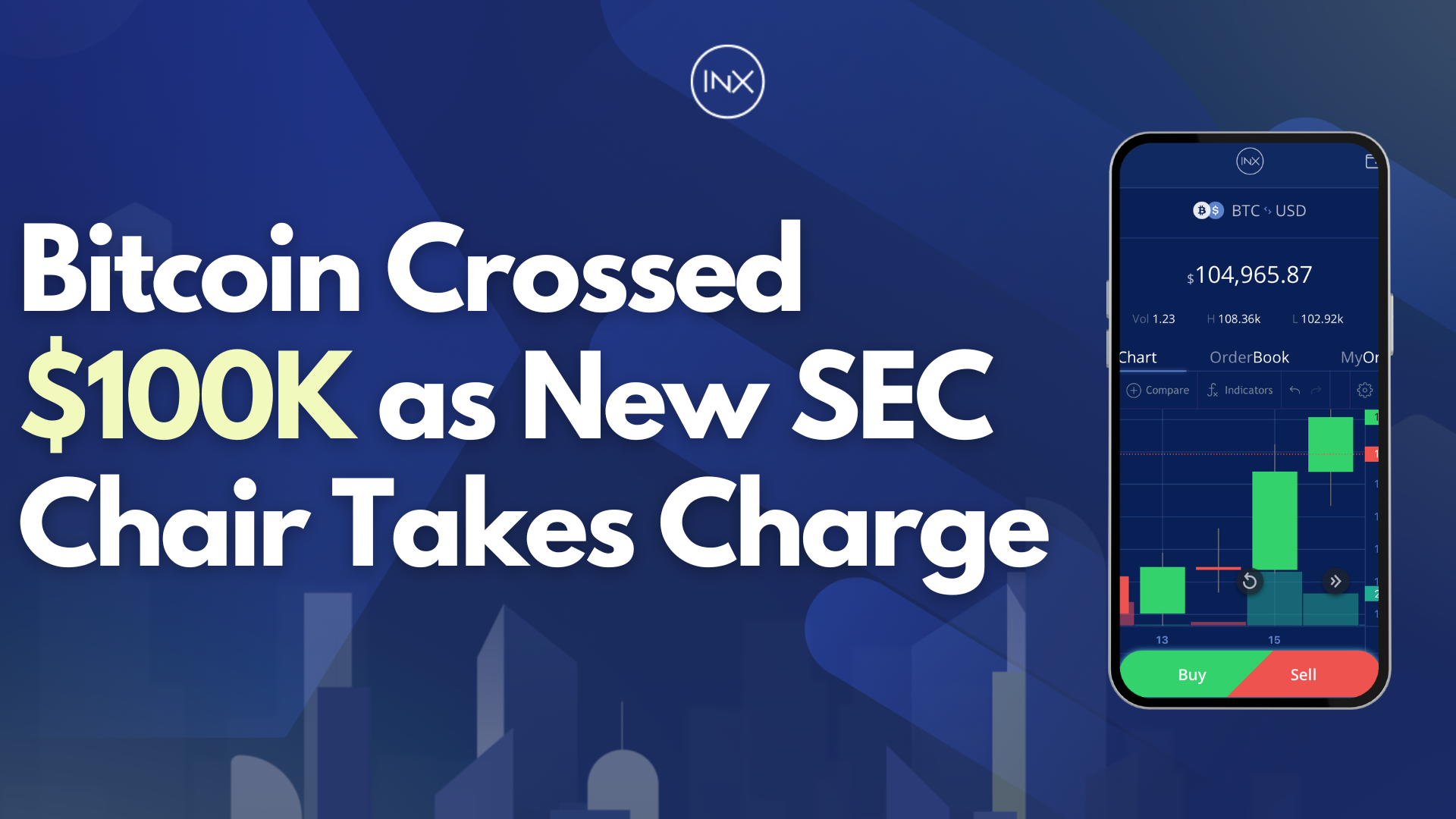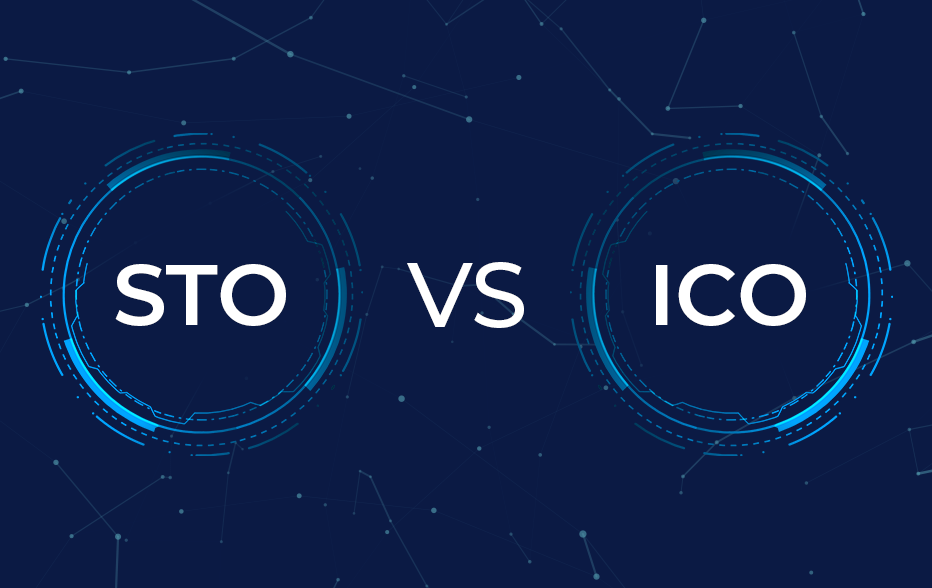What Is Inflation, and how is it connected to the crypto world?

As prices go up, the average person’s buying power decreases, known as inflation. As purchasing power declines, the average cost of a basket of products and services may be used to measure this. Price increases, commonly stated as a percentage, signifying that a unit of money buys less than before. Prices fall and buying power rises in deflationary environments.
Understanding Inflation
While tracking the price fluctuations of particular items over time is simple, human demands are far more complex. People require various items and services to live a pleasant life, and commodities like cereals, metals, and fuels, as well as services like power and transportation, are all included.
The total effect of price fluctuations on a diverse range of goods and services is what inflation attempts to quantify. An economy’s price level growth over time may be represented as a single number via the price index.
The value of one unit of currency decreases due to rising prices—deterioration in economic growth results from a decrease in the buying power of the general people. Economists generally agree that inflation is maintained when the increase of a country’s money supply exceeds the growth of its economy.
Therefore, monetary authorities (such as the central bank) adopt essential measures to regulate the money supply and credit to keep inflation within permitted bounds and maintain economic smoothness.
Monetarism is a prominent economic theory that explains the relationship between an economy’s money supply and inflation. Gold and silver, for example, poured into European economies after the Spanish conquest of the Aztec and Inca empires. Money’s declining worth and the quick rise in prices were significant factors in the exploding money supply.
Several methods are used to gauge inflation depending on the products and services. Deflation, on the other hand, occurs when the inflation rate goes below zero percent, resulting in a general decrease in prices. It’s important to distinguish between deflation and disinflation, which refers to a slowdown in inflation’s (upbeat) pace.
What Causes Inflation
Inflation is caused by a rise in the amount of money, although this may manifest itself in various ways throughout the economy. Monetary authorities may boost a country’s money supply by:
- Printing more money and delivering it to the people
- Devaluing the legal tender money in a lawful manner
- Reserving funds for reserve account credits by acquiring government bonds on the secondary market from other banks (the most common method)
Money loses its buying power in all of these situations. Three processes cause inflation: demand-pull inflation, cost-push inflation, and inflation built into the system.
Causes of inflation examples:
Demand-Pull Effect
Demand-pull For inflation to occur, there must be a rise in both the amount of money and credit available to meet the rising demand for goods and services. As a result of the increased demand, prices have risen.
Consumer sentiment improves when individuals have more money. Increased expenditure leads to an increase in pricing as a result. Greater demand and less flexible supply cause a demand-supply gap, which results in higher pricing.
Cost-Push Effect
Cost-push: The rise in the cost of manufacturing inputs causes inflation. The prices of all sorts of intermediate products increase when new money and credit are pushed into a commodity or other asset markets. This is most apparent when there is a negative economic shock to the supply of vital goods.
Consumers will see increased pricing due to these events, which raise the final product or service cost. For example, when the money supply is increased, the price of oil rises as a result. Because of this, energy costs can grow and increase inflation, which is represented in a wide variety of indicators.
Built-in Inflation
Adaptive expectations are critical components of built-in inflation. When products and services grow in price, customers might anticipate a similar rise in the future. Employees may demand higher expenses or earnings to maintain their quality of life. There is a wage-price spiral in which wages rise, and prices rise.
Why is inflation significant for crypto?
Fiat currency inflation may encourage people to put more money into digital money since their savings in dollars or euros depreciate. Investors have an option in the form of Bitcoin and other cryptocurrencies like Ethereum. However, several mechanisms built into Bitcoin may help it withstand inflationary pressures.
- Governments cannot control Bitcoin by manipulating interest rates or issuing more money.
- The popular opinion on Bitcoin is that its value will grow in uncertain times, like gold and other precious stores of wealth. At the beginning of the COVID epidemic, it plummeted rapidly with the stock market. As a result, it’s a much more convenient method of storing and transmitting value than gold.
- One way to keep a store of value from depreciating is to make it scarce. No more than 21 million bitcoins will ever be created, and the total number of bitcoins produced to date is roughly 19 million. Each time a “block” is processed, 6.25 Bitcoins are added to the system. Until all bitcoins have been mined, the mining reward will be reduced to 3.125. The halving is a mechanism that is included in the Bitcoin protocol.)
- Since no new bitcoins can ever be “found,” Bitcoin is more predictable than gold in a manner that gold cannot be.
Is there Inflation in Cryptocurrency?
In theory, yes, as more Bitcoins are mined, the price rises (as does gold). Inflation will indeed be lowered over time; however, new bitcoins are automatically cut by 50% every four years.
As Bitcoin’s buying power continues to climb compared to the fiat currencies we like to compare it to, its yearly inflation rate of a few percent isn’t a huge concern for investors.
Some cryptocurrencies, like Bitcoin, are constructed in the same way. Stablecoins, a growingly popular digital currency tethered to fiat currencies like the dollar, may be a suitable, low-volatility investment. Stablecoins, on the other hand, are linked to a fiat currency, which means that your investment will be affected by inflation and may lose value over time. As non-crypto interest rates linger around zero, certain stablecoins provide incentives that behave much like an interest-bearing savings account, which might alter the value equation.).
Bitcoin and inflation
Crypto proponents believe that enabling central bankers to control the economy via quantitative easing would result in catastrophic consequences. The economies of Venezuela, Turkey, and Zimbabwe have been decimated by central bank money printing.
Proponents hail decentralized cryptocurrencies like bitcoin (BTC) as impervious to the failures of governments and central banks.
Another reason is that, unlike the Fed, a central bank cannot just manufacture as much bitcoin as it wants and is determined by code.
The Bitcoin protocol sets the pace at which new bitcoins are distributed to miners, even when more bitcoin enter circulation. As a result of the limited availability, new coin collections are expected to run out around the year 2140. The Bitcoin blockchain functions like a well-oiled machine compared to central banks.
The “halving” occurs about every four years when the amount of new bitcoins issued is reduced by half.
As a result of its limited quantity, some have compared Bitcoin to “digital gold,” another widely held inflation-resistant commodity. Known as “stores of wealth,” these investments have endured because they are decoupled from other assets and impervious to outside influences. In theory, Bitcoin and the rest of the cryptocurrency world are deflationary.
What Is Hyperinflation?
A situation where prices rise rapidly, excessively, and uncontrollably is known as hyperinflation. Even though inflation measures the rate at which prices rise, hyperinflation measures the rate at which prices rise by more than 50% every month.
It is unusual for wealthy economies to experience hyperinflation, yet it has happened numerous times in nations like China, Germany, and Russia.
FAQ
What is the inflation rate?
Inflation is the rate of price growth over a specific period. Inflation is often a broad metric, such as the total rise in prices or the increase in the cost of living in a nation.
What is causing inflation?
It’s a kind of demand-driven inflation. When the cost of providing an item or service, such as gas, rises significantly, the price of that good or service may increase as well. It’s called “cost-push inflation.” There are periods when the economy is overflowing with money.
What is inflation in economics?
The rate at which prices rise over a specific period is known as inflation. Inflation is often defined as a rise in the cost of living in a nation or the overall increase in prices.
David Azaraf July 2, 2022
Crypto enthusiast, help businesses plug into the token economy






